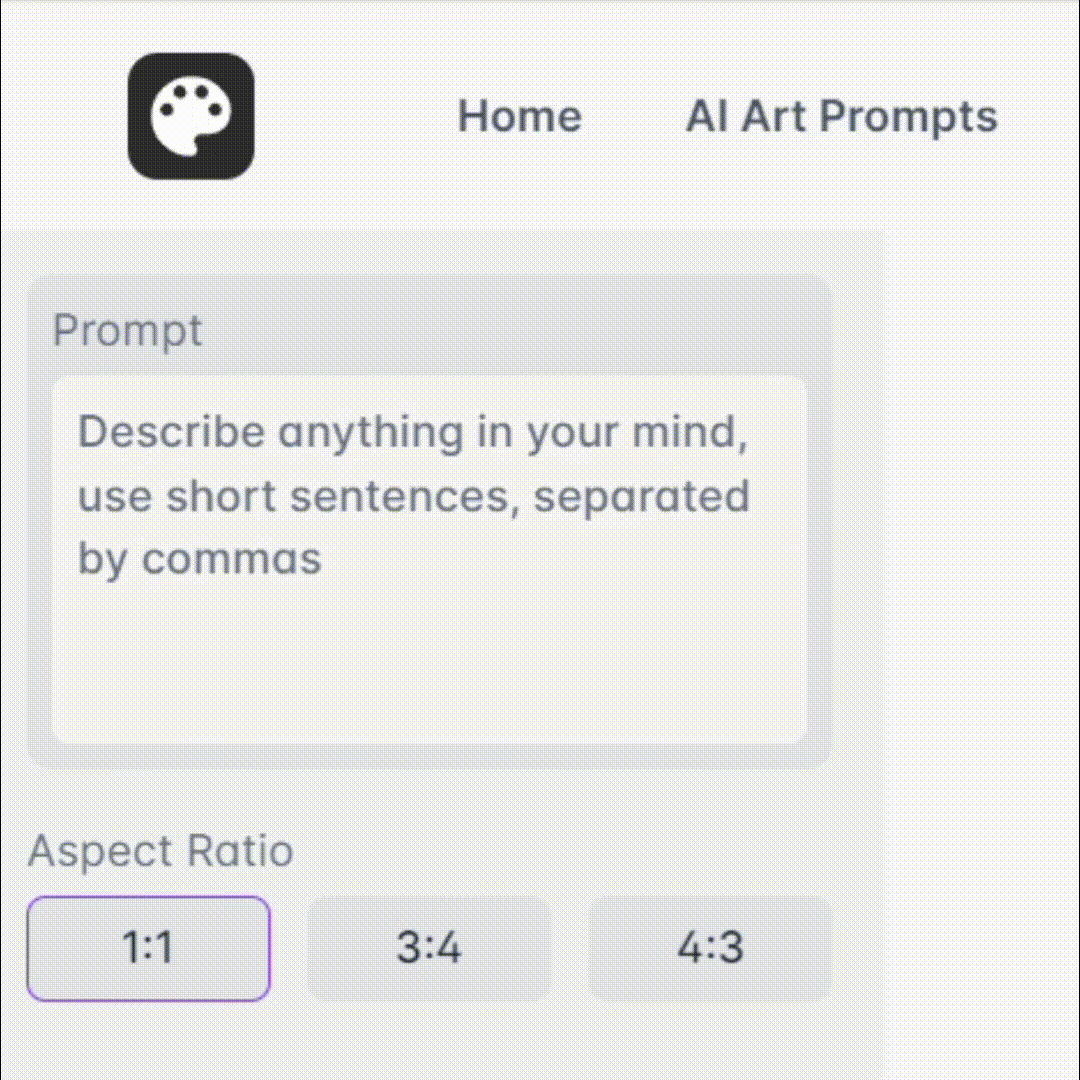
Evolutionary Theory Tutor - Evolutionary Theory Insight

Welcome! Let's explore the fascinating world of evolutionary theory together.
Decipher Evolution with AI
Explain the concept of the Hardy-Weinberg equilibrium and its significance in population genetics.
Describe the key contributions of Mendelian genetics to the modern synthesis of evolutionary theory.
Discuss the impact of non-Darwinian evolution on our understanding of genetic variation.
How does evolutionary theory apply to the study of primate behavior and biology?
Get Embed Code
Overview of Evolutionary Theory Tutor
The Evolutionary Theory Tutor is designed to function as a specialized educational tool for detailed, high-level understanding and discussion of evolutionary theory. Its primary purpose is to support advanced students, particularly those at the upper division undergraduate or graduate level, in mastering complex topics related to evolution. The tool encompasses a broad range of topics including the history of evolutionary thought, Mendelian genetics, population genetics, the principles of Hardy-Weinberg equilibrium, non-Darwinian evolution, and the modern synthesis. It also addresses the application of evolutionary theory to fields like human origins, primate biology, and behavioral biology. An example of this tool's utility is its capability to dissect intricate case studies in evolutionary biology, presenting them in a clear, contextual manner to facilitate deeper learning. Powered by ChatGPT-4o。

Key Functions of Evolutionary Theory Tutor
Detailed Explanations
Example
Explaining the concept and implications of the Hardy-Weinberg equilibrium in a population genetics class, including the conditions under which the equilibrium is maintained and the factors that can lead to deviations.
Scenario
A graduate student preparing for qualifying exams might use this function to understand the nuances of how genetic drift, migration, mutation, and selection affect allele frequencies in real-world populations.
Historical Contextualization
Example
Providing a comprehensive overview of the historical development of evolutionary theories, from Darwin’s initial formulations to contemporary understandings within the framework of the modern synthesis.
Scenario
An anthropology student might leverage this function to understand how evolutionary theory has influenced societal views on human origin, aiding in the preparation of a thesis on the socio-cultural impacts of evolutionary thought.
Application to Current Research
Example
Analyzing current research in behavioral biology to demonstrate how evolutionary theory explains phenomena such as mating behaviors and social structures in primates.
Scenario
A behavioral biology researcher could use this function to frame their research questions or to interpret their data within the broader context of evolutionary theory, thus enhancing the scientific rigor and relevance of their work.
Target Users of Evolutionary Theory Tutor
Upper Division Undergraduate Students
Students who are specializing in biology or anthropology and need to integrate complex evolutionary concepts into their studies. The tool helps them grasp detailed theoretical frameworks and prepares them for advanced coursework or research.
Graduate Students and Researchers
This group includes master's and PhD candidates who require an in-depth understanding of evolutionary theories for their thesis or dissertation work, as well as postdoctoral and professional researchers looking to update or deepen their existing knowledge base in evolutionary biology.

How to Use Evolutionary Theory Tutor
1
Start by visiting yeschat.ai for a hassle-free trial, no login or subscription required.
2
Choose 'Evolutionary Theory Tutor' from the available chat models to begin exploring evolutionary theory topics.
3
Pose specific questions or request explanations about evolutionary concepts, such as natural selection, genetic drift, or human evolution.
4
Use the interactive Q&A format to delve deeper into complex topics, benefiting from custom responses tailored to your academic level.
5
Leverage this tool for research, study preparation, or to clarify doubts in real-time, enhancing your learning and understanding of evolutionary biology.
Try other advanced and practical GPTs
Revolutionary Stock Portfolio
Tailoring your investment journey with AI

Revolutionary Jeff Bezoz
Empowering Leaders with AI-Driven Insights

Evolutionary Discovery Agent
Evolving Intelligence for Optimized Solutions

Revolutionary History: Uncover the American Saga
Explore Revolutionary History with AI

Rust Revolutionary
Master Rust with AI-Powered Guidance

Revolutionary Inventions
Demystifying Technology with AI

Revolutionary Copy Craft
Powering Innovation Through Words

Evolutionary Insights GPT
Evolutionary understanding at your fingertips

Revolutionary Educator Assistant
Empowering Education with AI

Revolutionary Tales - George Washington
Experience History with AI-Powered George Washington

Evolutionary Insight
Unleash the power of genetic algorithms

Customer Growth Guide
Accelerate Growth with AI Insights

Sample Q&A on Evolutionary Theory Tutor
How does natural selection influence genetic variation?
Natural selection acts on genetic variation within a population by favoring alleles that enhance survival or reproduction. Over generations, this selective pressure can change allele frequencies, leading to adaptive evolution.
What is genetic drift and how does it differ from natural selection?
Genetic drift is a stochastic process that causes allele frequencies to fluctuate randomly in small populations, due to random sampling of alleles. Unlike natural selection, genetic drift does not necessarily favor alleles that are beneficial.
Can you explain the concept of Hardy-Weinberg equilibrium?
The Hardy-Weinberg equilibrium is a principle that states that allele and genotype frequencies in a population will remain constant from generation to generation in the absence of other evolutionary influences. This model is used as a baseline to measure genetic variation.
What role does behavior play in evolution?
Behavioral traits can influence evolutionary outcomes by affecting survival and reproductive success. Behaviors that increase these chances can become more common in a population through natural selection.
How is Evolutionary Theory applied in anthropology?
Evolutionary theory in anthropology helps explain human origins, development, and variability. It integrates genetics, fossil records, and cultural studies to understand how human traits have evolved over time.






